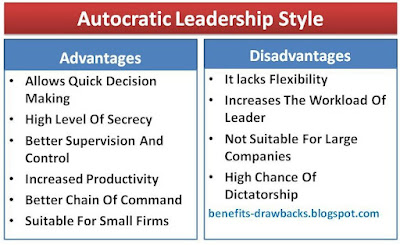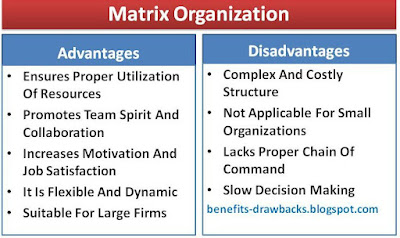Benefits Or Advantages Of Horizontal Communication
The main advantages if horizontal communication can be expressed as follows:
1. Direct Interaction
Horizontal communication facilitates direct interaction between different departments and people which increases coordination and sense of cooperation in the organization.
2. Decrease Misunderstanding
As we know that horizontal communication facilitates free flow of information and messages between people and departments in the organization. So, it helps to clear doubts and decrease misunderstandings and conflict in the workstation.
3. Better Environment
This communication allows direct interaction and promotes the sense of cooperation and harmony in the organization. Therefore, it helps to make better working environment in the firm
4. Increased Efficiency
Horizontal communication helps to maintain harmonious relation between people, departments and units in the organization. Good relationship between departments and employees helps to improve work efficiency and productivity of the firm.
5. High Morale
Employees can share their feelings and ideas with other members in the workplace. It may helps to increase morale, motivation and job satisfaction.
Drawbacks Or Disadvantages Of Horizontal Communication
The main disadvantages of horizontal communication can be expressed as follows:
1. Possibility Of Conflict
This communication may create conflict and distrust between employees and departments which negatively affects the operational activities in the organization.
2. Less Control
Another disadvantages of horizontal communication is that it will be difficult for the top management to control subordinates because of too much intercommunication. Therefore, it becomes difficult to maintain proper discipline in the organization.
Also Read:
Advantages And Disadvantages Of Upward Communication
Advantages And Disadvantages Of Downward Communication
3. Waste Of Time
Because of the lack of control, employees may waste their time in gossiping which may hamper their efficiency and performance in the work. It may reduce productivity and profitability of the firm.
Pros And Cons Of Horizontal Communication In short
Pros:
- It helps to reduce misunderstanding and facilitates coordination
- It increases employees' morale and motivation
- It helps to increase efficiency and performance
- It creates favorable working environment
- It promotes team spirit and group effort
Cons:
- It is difficult to control and maintain discipline in the organization
- There is a possibility of interdepartmental conflict
- Managers may discourage this type of communication
- It ignores vertical communication
























